I Want to Believe
Coming in hot this month-- be warned. Mad Wife, A Cry in the Dark and a new Bottom Shelf with Anni Jyn!
Sad
CW: sexual assault
There has been a surge in divorce and domestic abuse memoirs in recent years from Millennial and Gen X women. I’ve reviewed several for this newsletter. Liars, a work of autofiction by Sarah Manguso
the memoir Men Have Called Her Crazy by Anna Marie Tendler
and You Could Make This Place Beautiful by Maggie Smith
It seems to me women in midlife are desperately getting their say in at the last minute, using whatever interest twenty years of often grotesque exposure from the ‘personal essay industrial complex’ brought about, for better or worse. They are shoe horning themselves in as the publishing industry is in its death throws and y’know, before we’re all forced to be trad wives and trade our laptops for milking stools.
Of the memoirs aforementioned, the one Mad Wife reminded me of most was Maggie Smith’s, because author Kate Hamilton corrects the mistake that made a mess of Smith’s divorce story. Smith, over-night famous and with a suddenly huge platform, writes her memoir tentatively, while still going through her divorce. She is too self-conscious to say “my husband is an asshole and I hate his fucking guts,” though the subtext is there on every page, peering at you through her insistence that life is subjective and she wants to be fair to everyone. Hamilton writes under a pseudonym, and freed from bonding her words directly to her real life, she writes her anger with clarity. She has also been divorced for over a decade and has the perspective distance, revelation and consideration have brought.
I discovered this book through Roxane Gay’s newsletter and was snagged by the subtitle on her review screaming “STRAIGHT PEOPLE ARE NOT OK! OMG!” Hamilton went through the most vitriolic divorce I have ever heard of, which she swam through as though it were a lake of concrete, dragged down by her inability to understand or believe herself after years of psychological and sexual abuse by her husband. She was so programmed to prioritise men from birth onward that it took her a decade of personal work and growth post-marriage to even know that was what she was doing. For years her sex life with her husband consisted of his insistence that she “compassionately” allow him to daily use her body to fuck for a few minutes while she lay there rigid, unable to even look at him, having expressed again and again that she was uninterested in sex, the reasons for which he was indifferent to. His physical needs met, he was content to use her in this way in perpetuity.
Meeting the sexual needs of Hamilton’s husband "Rick”, and his sexual fixation on her, on controlling and possessing her, seem to be the chief pursuit of their marriage, Rick’s #1 priority and his concept of “love”. Hamilton, believing in Rick’s needs over her own well being, finds herself absently looped into any number of boundary pushing sexual scenarios, as if her own body is a Barbie doll she is playing with. Experimenting with swinging, Hamilton looks the part of a sexually liberated twenty-first century wife, but as time moves her away from the marriage, she can’t connect with the things she did as Rick’s wife, peering into a well of disassociation as deep as her marriage was long. She sees herself as emptily acting out heteronormative pornography rather than participating in her own, long suppressed desire. Throughout the memoir Hamilton expresses a profound and existentially terrifying inability to know what she chose to do and what she did not.
Hamilton also engaged in a number of affairs, emotional and otherwise to help her survive being Rick’s wife— a role she did not believe she could ever leave. This, of course, is not an excuse for bad behaviour but it is a strategy. One of these affairs was with the husband of a very close, long time friend. I appreciated her honesty in discussing these affairs, that she was willing to admit she was so lost in her pain that she became a forest fire of suffering, indiscriminately burning down everyone in its wake. She is also not above feeling openly sorry for herself, unrealistically wishing the people she badly hurt in her affairs would see things from her perspective. I found something refreshing about this—these feelings are not palatable to admit to, they are selfish, they do not endear her to you, but they are extremely honest and human. This is some of the power I believe she was able to access while writing under a pseudonym. Hamilton has no interest in perpetuating the myth that one must be a “perfect” victim in order for violence done against them to count.
The heart of Mad Wife is Hamilton’s indictment of patriarchy and of men. It is this white hot flame of rage that propels the book, making it as impossible to put down as an airport paperback thriller. Thwarted and diminished by her husband at every turn during their eye-watering divorce and years of brutal custody disputes, Hamilton is used to Rick’s narrative that she is a selfish bitch only out for herself, and the way legal institutions uphold his belief. She uses her pseudonym like a scalpel to peel back this portrayal— she is not naming and shaming the real Rick, she is instead writing to call out to other women, to say as loudly and clearly as she can: WHAT IS HAPPENING TO YOU IS NOT OK. Hamilton addresses pervasive problems that women endure in silence.
We do not talk about being with men who start out loving but slowly curdle around their need for control, becoming abusive over time. It’s shameful— you feel stupid, you feel crazy, no one will believe you, you were once so happy, he seems so nice, so dedicated. She discusses sexual consent at length, how men will pout and mope and cajole and manipulate to get sex rather than do things that will enrich the relationship, show support and understanding for their wives needs and see how that leads to more intimacy. Women do not marry men, they inherit someone’s son. This son doesn’t get help for himself, doesn’t help out, doesn’t grow up, he feels entitled to crank his every emotion and desire through his woman as though she is a human pasta maker, smoothing everything out in his life, body and brain, into nice flat sheets he can then pinch into pleasing shapes. If she resists this, he’s ready to incinerate her. Men do not care about women’s pleasure or personhood. They care about ease and submission. Submission equals both the illusion of dominance that patriarchy demands of its victors and an avenue of escape from any feeling of responsibility, so they can continue to live in the unchallenging emotional world of a shrieking baby.
“submission…may look like consent to the pressuring man but does not feel like consent to the uninterested woman. It’s ‘consent’ to an asserted obligation a woman feels she can’t avoid, or whose avoidance seems more difficult, or dangerous, than submission.” Mad Wife, Kate Hamilton
Famous
A Cry in the Dark (1988) is the true story of the death of Azaria Chamberlain—a baby killed by dingos after being taken from her family’s tent while they camped in Uluru (Ayers Rock), Australia in 1980—and the ensuing insanity surrounding her death. A bit antiquated now in pop-culture, but if you’ve ever heard the phrase “a dingo ate my baby!” it is from the publicity and influence this case had, which included an academy award nomination for Meryl Streep for her portrayal of Azaria’s mother, Lindy Chamberlain. The Azaria Chamberlain case was an obsession for the whole of Australia, whipped up to maximum frenzy by the media. This case included a coroners inquest (the first ever televised on Australian tv), a trial, a conviction, imprisonment for murder, a release, an acquittal and three more inquests—the final one in 2012. The entire event was even turned into an opera.
What happened to Azaria is fairly straightforward. Dingos are wild dogs who, due to tourism at Uluru in the 80s, were encroaching on campgrounds to find food and who were sometimes fed by tourists (though this was not allowed). Lindy put her baby to sleep in their tent, went to feed her other kids, heard a cry, went to check on the baby, saw a dingo exiting the tent and run off into the night, found the baby was gone from the tent and immediately called for help. The case caught public interest, as dingos at that time were not seen as especially dangerous. The Chamberlain’s gave a number of interviews hoping to raise public awareness about dingos but were scrutinised for their every word and action. Michael Chamberlain being a pastor for the Seventh-Day Adventist Church, which was seen as an unusual Christian sect, further inflamed things. Nevertheless, the coroner of the original inquest into Azaria’s death allowed his concluding remarks to be televised so he could make a statement in support of the Chamberlains, hoping to put all the speculation to rest.
“You have not only suffered the loss of your beloved child in the most tragic circumstances, but you have all been subjected to months of innuendoes, suspicion and probably the most malicious gossip issued in this country.” —Coroner Denis Barritt at the first inquest
But things just went even crazier.
I’m not going to go into every detail about what happened, but the film had me with my jaw on the floor for the majority of it. I could not get over the way Azaria’s death turned so quickly into conspiracy and outrage at this family. They were spat at in the street, there were bomb threats. It reminded me of Sandy Hook. The popular theories about Azaria’s death became more and more fantastical and fanatical, leading to a circus of a murder trial, and Lindy Chamberlain’s conviction. She spent four years in prison for murdering her daughter before further evidence brought about her acquittal. I kept wondering why. Why are people so inclined to believe in conspiracy? Why did the Australian public find it easier to believe Azaria’s name secretly meant “sacrifice” to Seventh-Day Adventists and her mother murdered her with nail scissors as part of religious ritual before faking dingo tracks outside the tent, as opposed to the simple account the Chamberlains gave of how Azaria died? In addition to Sandy Hook, the story of Azaria did not seem especially out of place to me in 2025—where we have public officials taking shots of raw milk in the White House as a victory over (*checks notes*) pasteurisation?, measles outbreaks surging and it is a commonly held belief that a cabal of Satanic pedophiles secretly run the world.
Conspiracy theories and the further fragmentation of our society have been on my mind a lot recently. IMO society is sick and conspiracy is the virus. It’s gotten so out of control. We are fractured and fracturing into frightened groups which doubt the reality of our senses, of science, of the entire human project it seems— and would rather create fantasies about galactic beings and shadow governments and simulation theory than face our own disenfranchisement and pain, and that of our neighbours. But A Cry in the Dark made me wonder if it’s a sickness that emerged with greater strength in post-modernity as a whole as opposed to a twenty-first century problem.
I recently watched the documentary series Love Has Won: The Cult of Mother God and was struck by this same bafflement. This ‘why?!?’ feeling. Love Has Won followed a cult in Colorado who worshipped an alcoholic, anorexic woman claiming to be god. I watched as group of adults, two of whom were lawyers, stood in a national forest around the body of Mother God, who had been dead for ten days, sincerely wondering why Air Force One with Trump hadn’t picked her up to help her “ascend” yet. The documentary was filled with footage Love Has Won members had taken on their phones of regular, ordinary clouds they had come to believe were actually cloaked starships. This is obviously a more extreme end of conspiracy beyond just theorising about true crime, but I think it all stems from the same place and more and more people are swept away by its rapids until they’re drinking colloidal silver, harassing scientists on social media and refusing to enter a hospital, their lives lived in a haze of paranoia about “them”. It makes me feel like I am touching something very deep and very unwell, trying to take the pulse of a part of ourselves so infused with delusion that it shrinks from my touch, sobbing brokenly in a dark corner.
Contrapoints released a video on conspiracy a couple of months ago that I really can’t recommend highly enough. It’s long but is broken into chapters and is easy to split up into a number of viewings.
It’s an empathetic, but rigorous, look at the reasons why the conspiracy mindset is so prevalent, told with her characteristic flare and humour. She gets into it with much more nuance than I am going to, but frequently touches on our inability to deal with the fact that we live in a chaotic world, that no one is behind the wheel, and that the idea of secret machinations and rituals and evil forces actually makes people feel better, because at least it means there is some kind of plan, someone is in charge here, there a villain we can rally against. Looking at the random death of a baby like Azaria Chamberlain through the lens of conspiracy means there is someone to blame, someone to punish, a link to a web of evil—it is our way of taking back control of the uncontrollable. Contrapoints also discusses how we lose people to conspiracy, friends, family, in a way that is analogous to drug addiction. People become unreachable, everything you say or do confirmation that you’re a part of a “psyop”, that you’ve been “compromised”, then further they sink down into the verbal gobbilty-gook that makes up the conspiracy mindset.
What we have gained in technology in the last hundred years, we have lost in social ties and community and I think the increasing prevalence of conspiracy is an answer to this loss. Our only modern god is capitalism and his church is one of the individual, one of money, one of scarcity. Not a lot of solace to be found there, I’m afraid. Perhaps in searching for ties to each other we are turning to conspiracy, to the connection that sharing a belief with other people brings. However, without an attachment to working for the good of a larger community, to the shared reality we all live in, the conspiracy creates a bond without meaning, a cult-like mob mentality with all the awareness of a brush fire. We are social creatures who need each other, and as post-modernity rolls along its rickety track into the void of the future, dominant neoliberal ideas of “freedom” seems to have truly taken its toll on our brains. Our hyper-individualism has left us salivating for community and no meaningful way to find it anymore except in the annals of our own ill-equipped minds.
I’d like to note this Sad & Famous was composed by me, a medically vulnerable person, who just had her latest Covid vaccine booster with extreme gratitude for its existence and availability : )
The Bottom Shelf
The Bottom Shelf is a feature about what skin/face products people “just like us” are using, loving, considering, buying repeatedly and depending on. No celebs in this section—just very cool people! If you’re interested in being the next Bottom Shelf, please reach out and lmk, I’d love to feature you. Today we have the bottom shelf of artist Anni Jyn, who not only has top notch horror tastes and but who I would genuinely not be surprised to see win The Great British Bake Off one day!
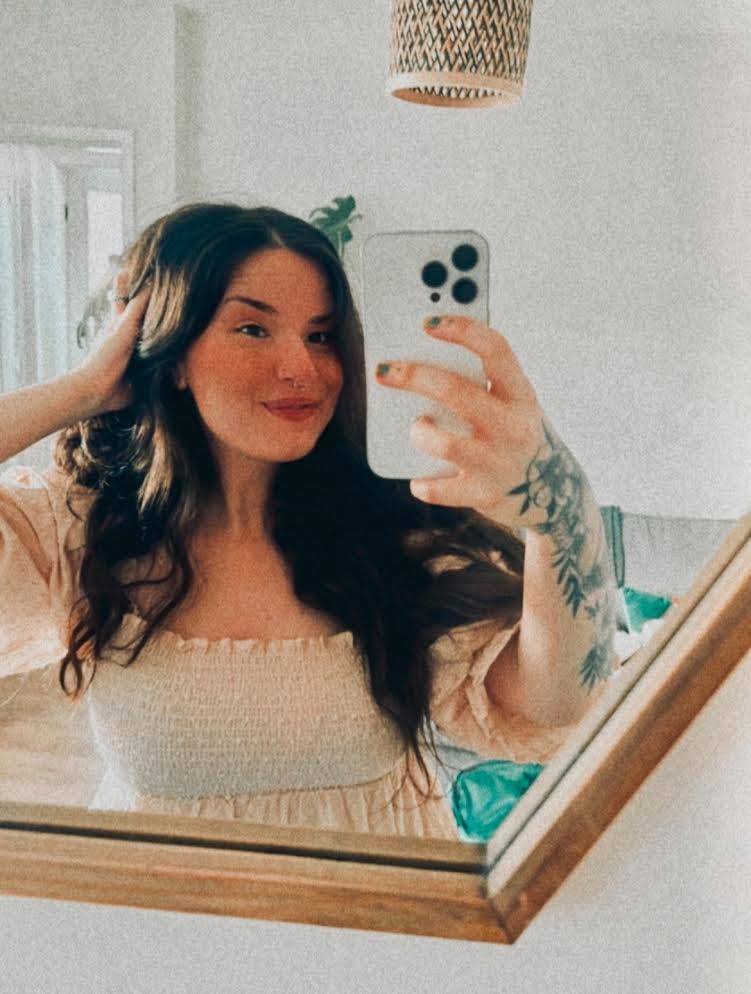
I am a lover of routine and various goops! I have very combination skin so I have spent a number of years trying to figure out what works best for me and that is hardly anything at all.
I wash my face with warm water and then I use a little witch hazel, aloe vera and rose water tonic from Nature Spell afterwards. I like to use a lot of Nature Spell products because they’re cruelty free! I also grew up struggling with cystic acne so I am never too far from lavender and tea tree essential oils.
I am a huge hater of waste so I make a coffee scrub and a sugar scrub for my face and bod because I don’t know anyone who doesn’t like scrubbing their entire body and feeling like a new person afterwards!
Going back to my love for Nature Spell, (I swear I am not working for them) I love to use their rosemary oil in my hair and on my tattoos. I’m a big fan of shea butter and almond oil for tattoo care and just overall feeding your skin like it deserves to be fed.
To top off my daily rituals, I have a little spray bottle that’s filled with rose water and rosemary from my garden that gets spritzed on my face and in my hair and I use a combination of Silver Mountain Water and By The Fireplace perfumes because I can’t help but be a scent girlie.
Previous Bottom Shelf:
Other Things I’m Doing on the Internet
My latest column for Zona Motel about the materiality of books is out! This time I discuss why we hang on to books we’ve never read 📚
I’m launching a new newsletter later this month exploring home, space, design, ritual, colour, all that fun stuff. If you’re interested in my take on aesthetics please come and join me✨
Big Challenges has NEW summer stickers
My sticker shop, Big Challenges, has just released our summer collection. Queer bugs for Pride, a sassy worm greeting card and colourful tombstone sticker packs with a brand new green tombstone included 🐝
ALSO if you love my newsletters, Big Challenges has it’s own very occasional newsletter called Small Potatoes which features links of stuff
and I are currently into— no affiliate links, this is just for funzies. Click here to see a potato butt : )

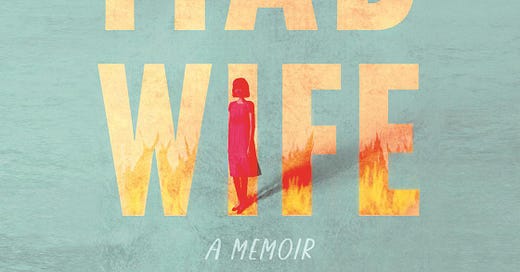



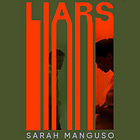


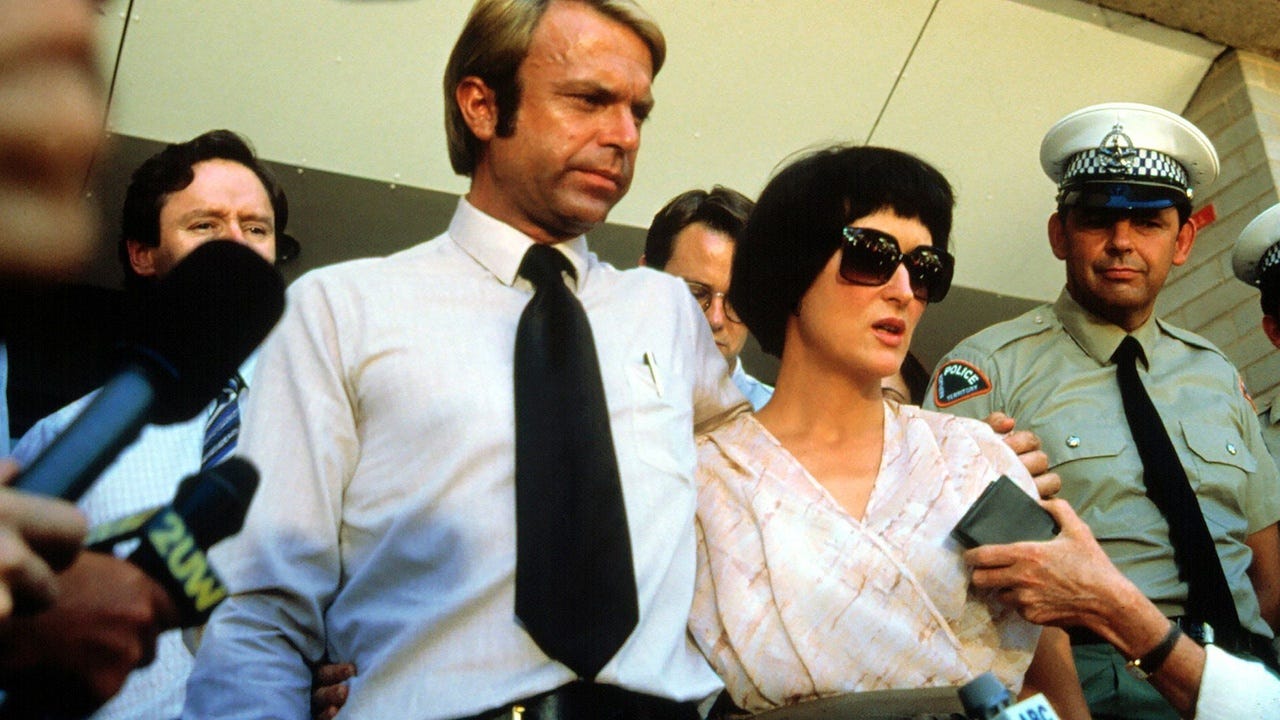
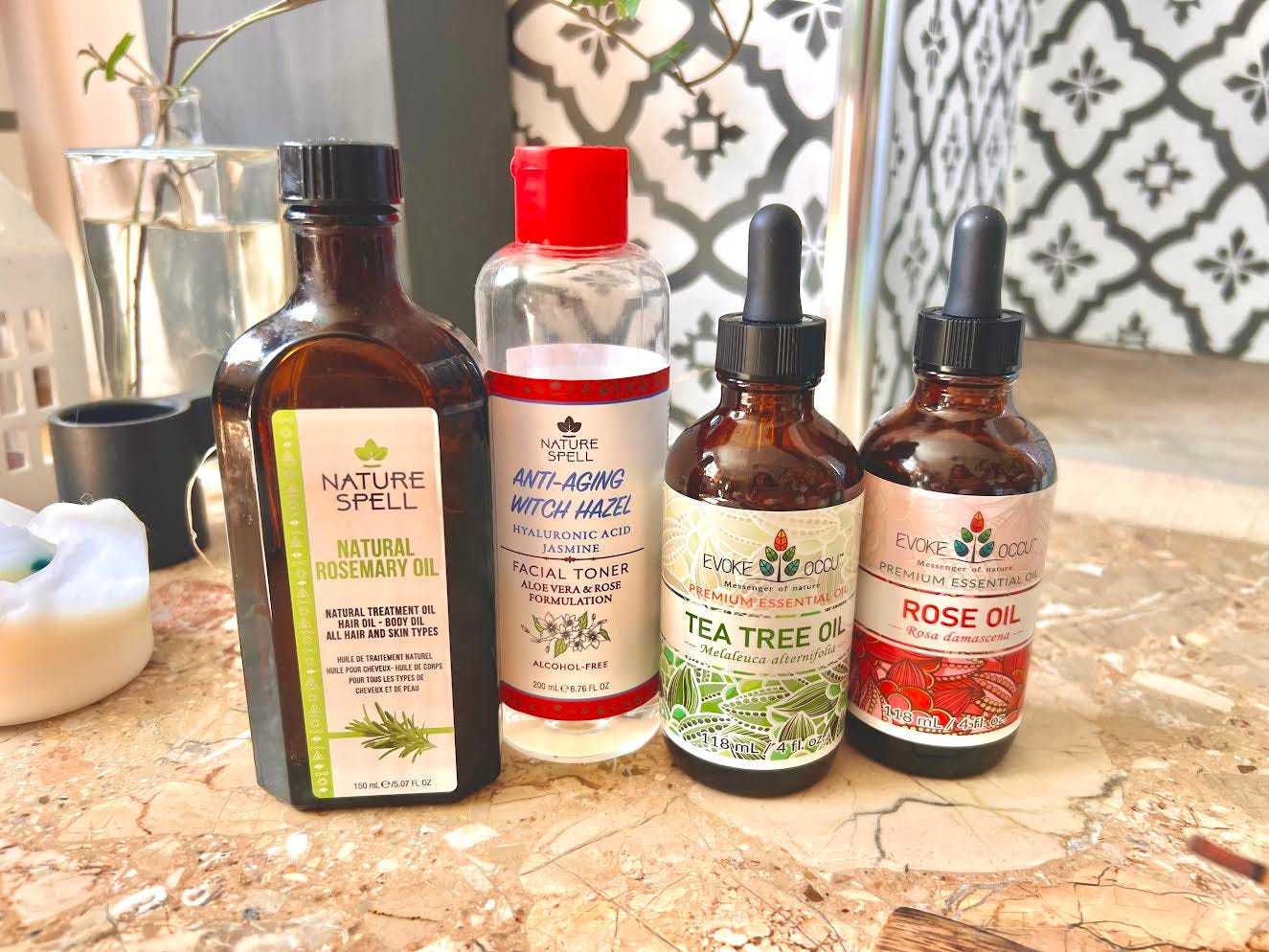
A Cry in the Dark is based on a 1985 investigative book published in Australia and New Zealand as "Evil Angels". The movie was also released in Australia and NZ as Evil Angels, not A Cry in the Dark. This title fascinated me and I tried to research why exactly it was named this but couldn't come up with anything. However my guess is it is a reference to the public, who acted as avenging angels towards the Chamberlains but who were, of course, completely wrong in their judgement
Wow I need to check out Love Has Won, thanks! I was just rerereading about Azaria Chamberlain on a deep dive inspired by seeing a coyote in our yard. I think I watched that doc a while back and that story is so unbelievably fucked. Also I would love to do Bottom shelf sometime!